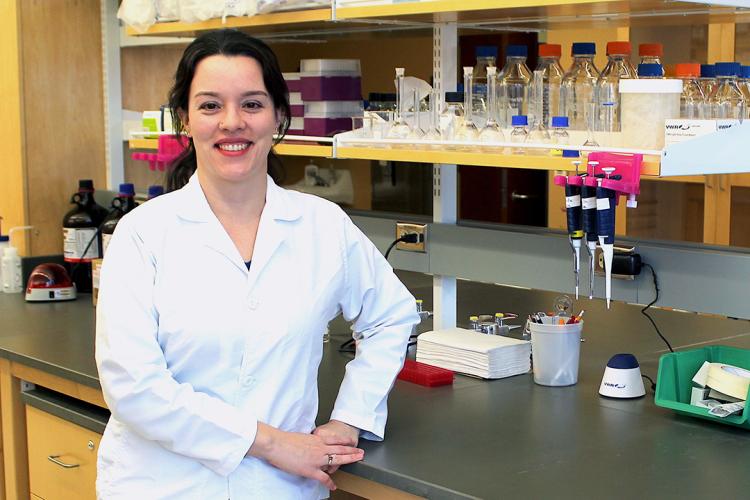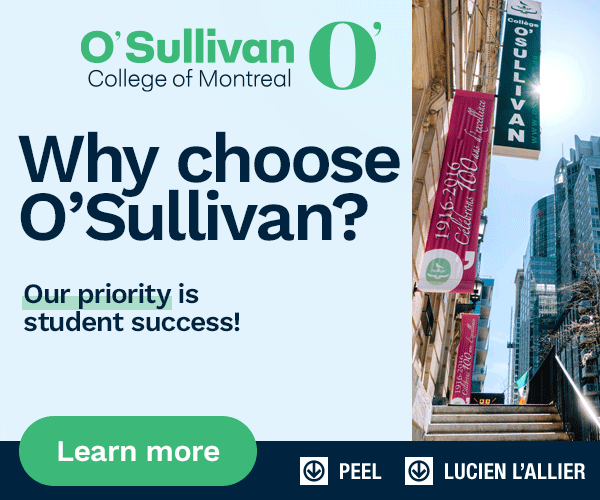
USask College of Dentistry post-doctoral research fellow Dr. Lina Marin (PhD). (Photo: Submitted)
A University of Saskatchewan (USask) dentistry research team has proved the usefulness of a method of simulating tooth decay that can allow researchers to test new treatment options without a large expense.
"Tooth decay places an immense burden on Canadian society, 14 to 17 billion per year is spent on dental caries-related issue; therefore, the development of alternative treatment options for tooth decay are urgently needed," said Dr. Walter Siqueira (DDS, PhD), professor and associate dean academic at the USask College of Dentistry.
The research team used a human saliva-based dental biofilm to simulate the formation of dental plaque and cavities. A dental biofilm is a community of microbes that is grown to mimic the bacterial environment of the mouth.
The biofilm was exposed to sugar solutions that created a breakdown of the film, similar to the breakdown of tooth enamel seen when a cavity forms.
The researchers then used the application of fluoride - the agent responsible for the reduction of tooth decay observed worldwide - to test how well the biofilm was able to respond to the preventive treatments typically used in dental offices to combat tooth decay.
The work aimed to prove that the use of biofilms could adequately simulate tooth decay and behave similarly to human teeth when treated with fluoride.
The study validated that the biofilm method can allow for the accurate testing of new treatments without a hefty price tag for dental researchers, as expensive potential treatments can be tested in small amounts.
"We anticipate this model is going to be used a lot around the globe by the research community in the dentistry field, as it is the only validated model that would allow the assessment of novel and expensive drugs intended to prevent or treat dental cavities," said Siqueira. "Since the validation of the model, it has been used in our lab to assess the potential use of salivary proteins bioengineered by us to prevent or treat tooth decay (dental caries)."
The research was recently published in the Journal of Microbiological Methods.
The study also involved USask College of Dentistry post-doctoral research fellow Dr. Lina Marin (DDS, PhD), who works alongside Siqueira in the USask Salivary Proteomics Research Lab, and University of Campinas Piracicaba Dental School researcher Dr. Jaime A. Cury (DDS, PhD).
The research was funded by the Canadian Foundation for Innovation (CFI), the Canadian Institutes of Health Research (CIHR) and the São Paulo Research Foundation (FAPESP).
Read the full publication here.













